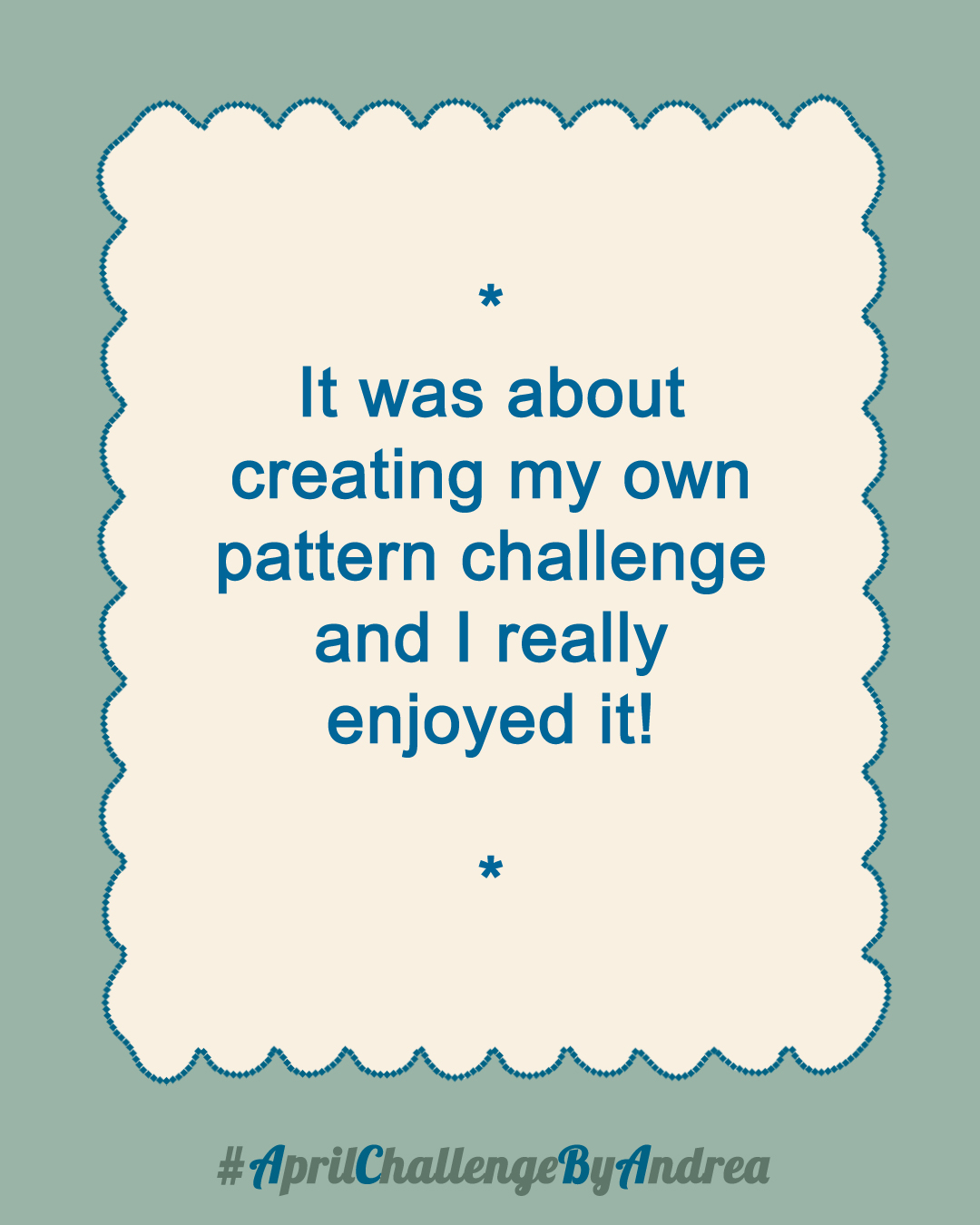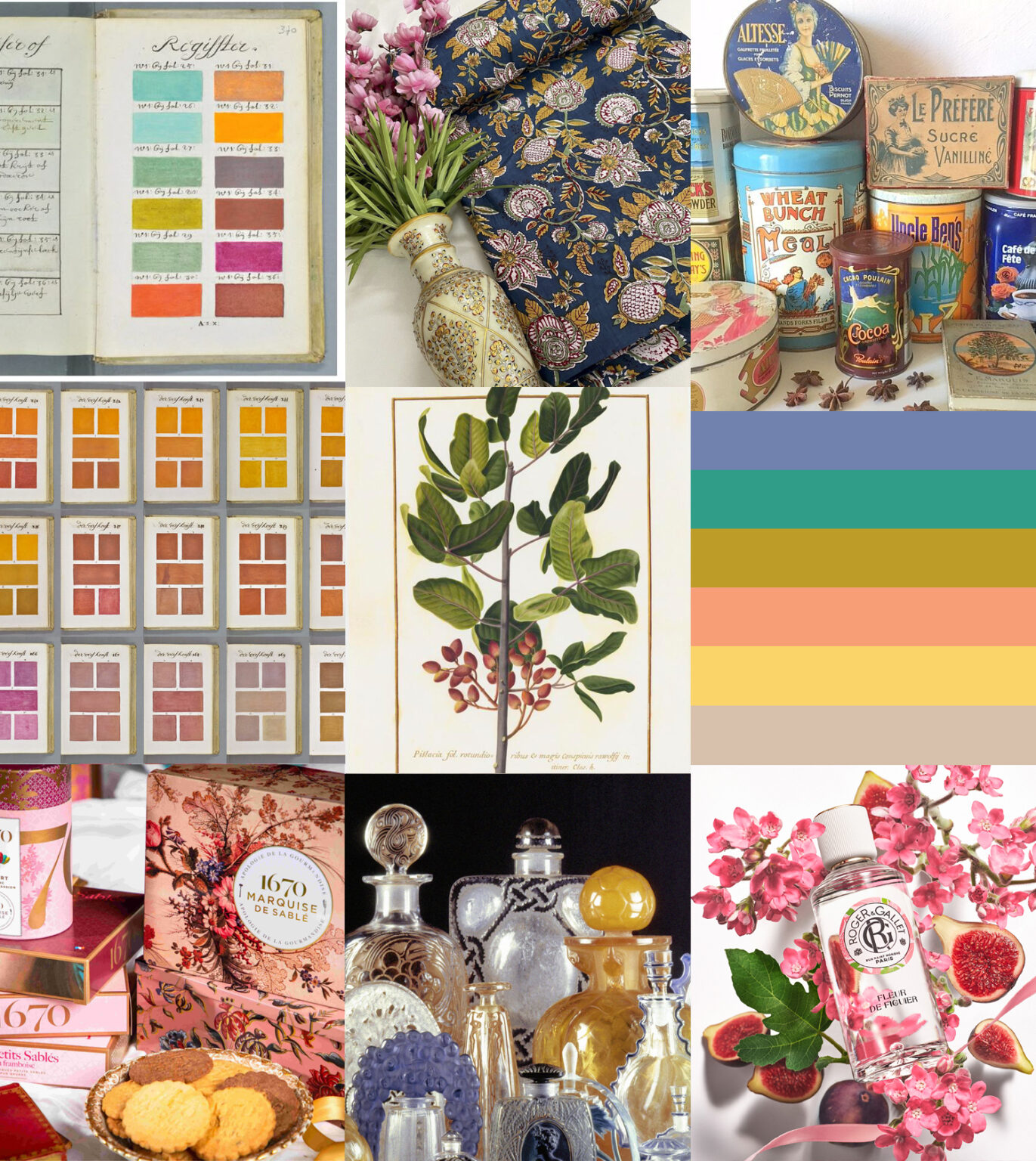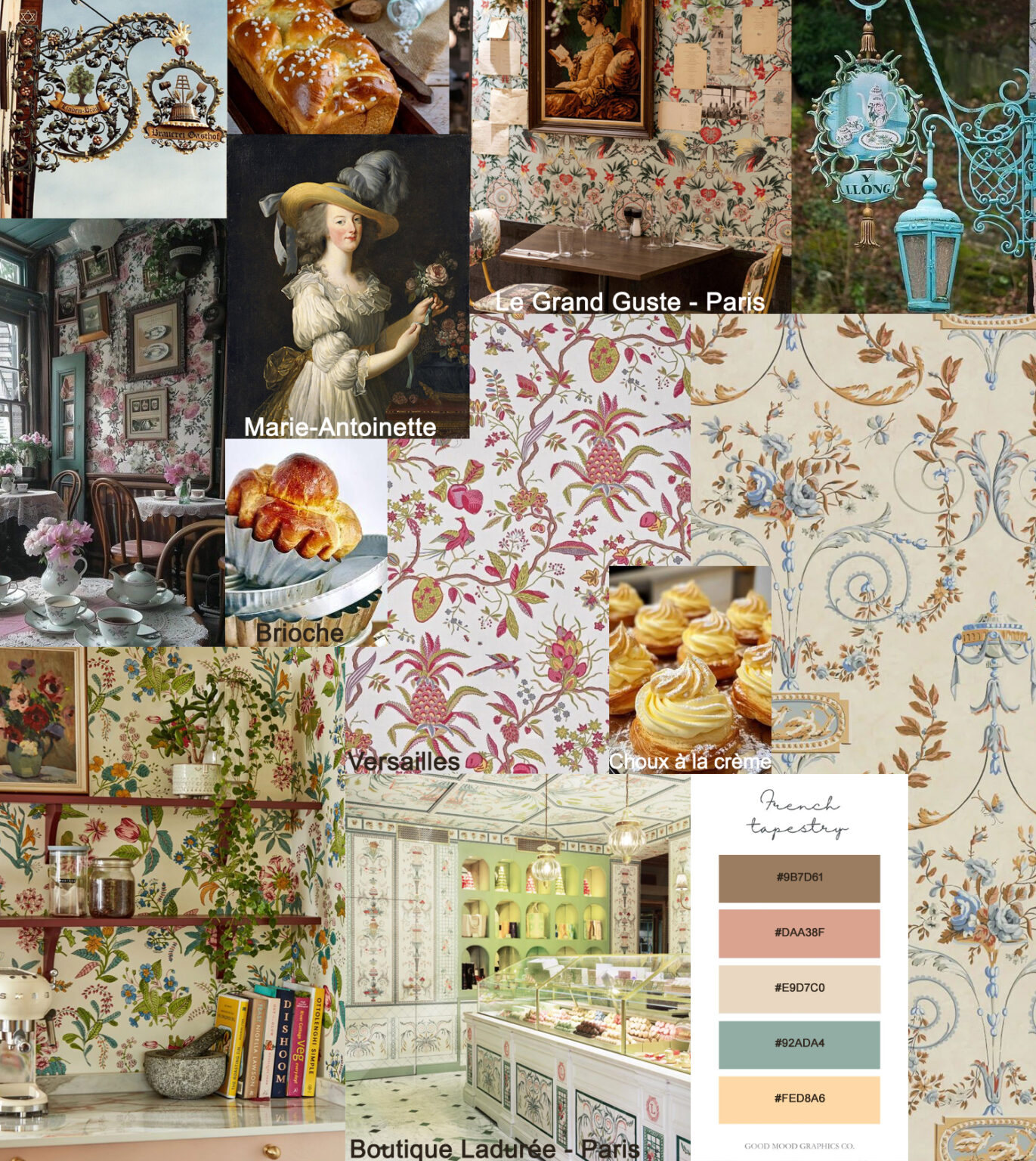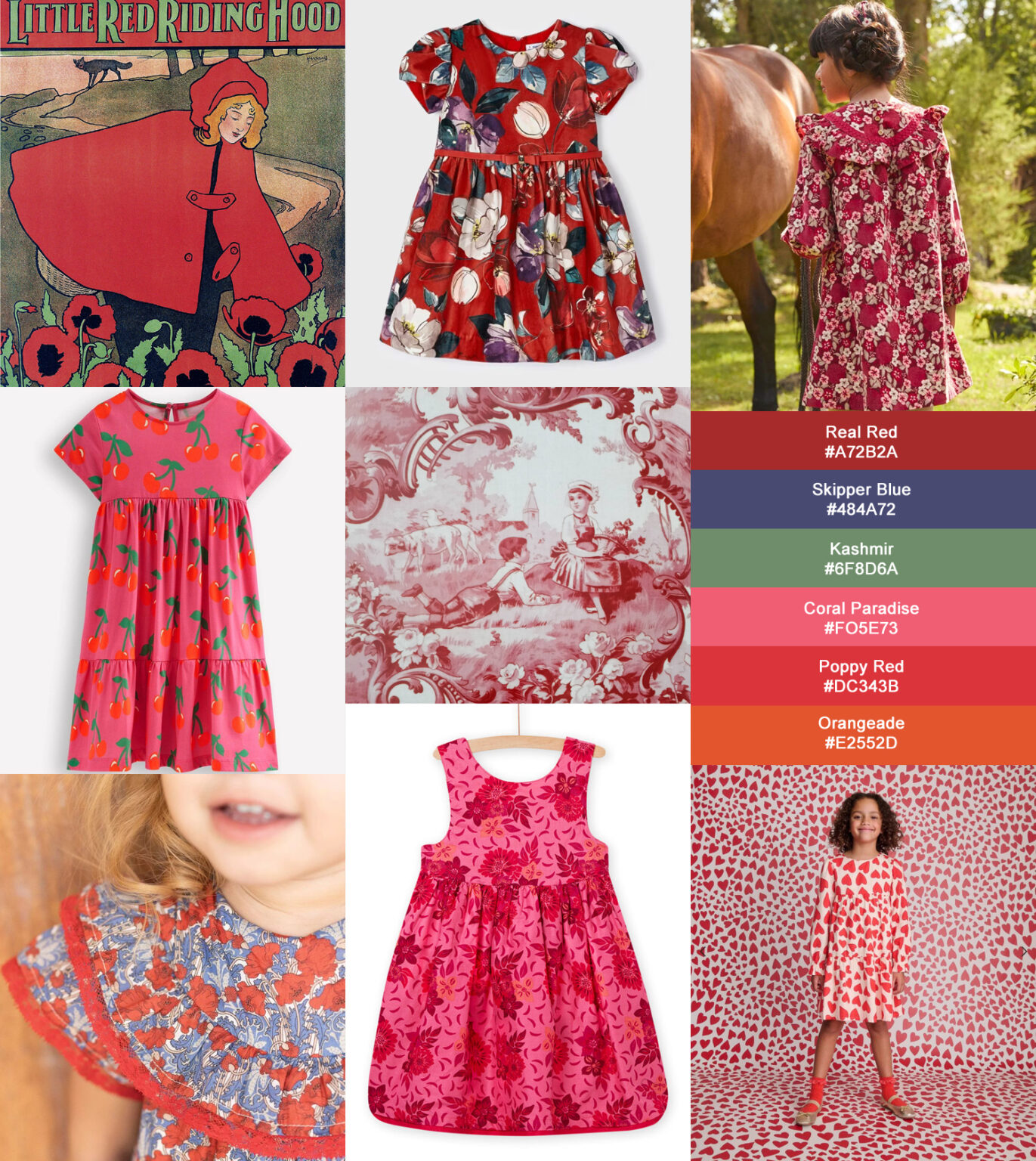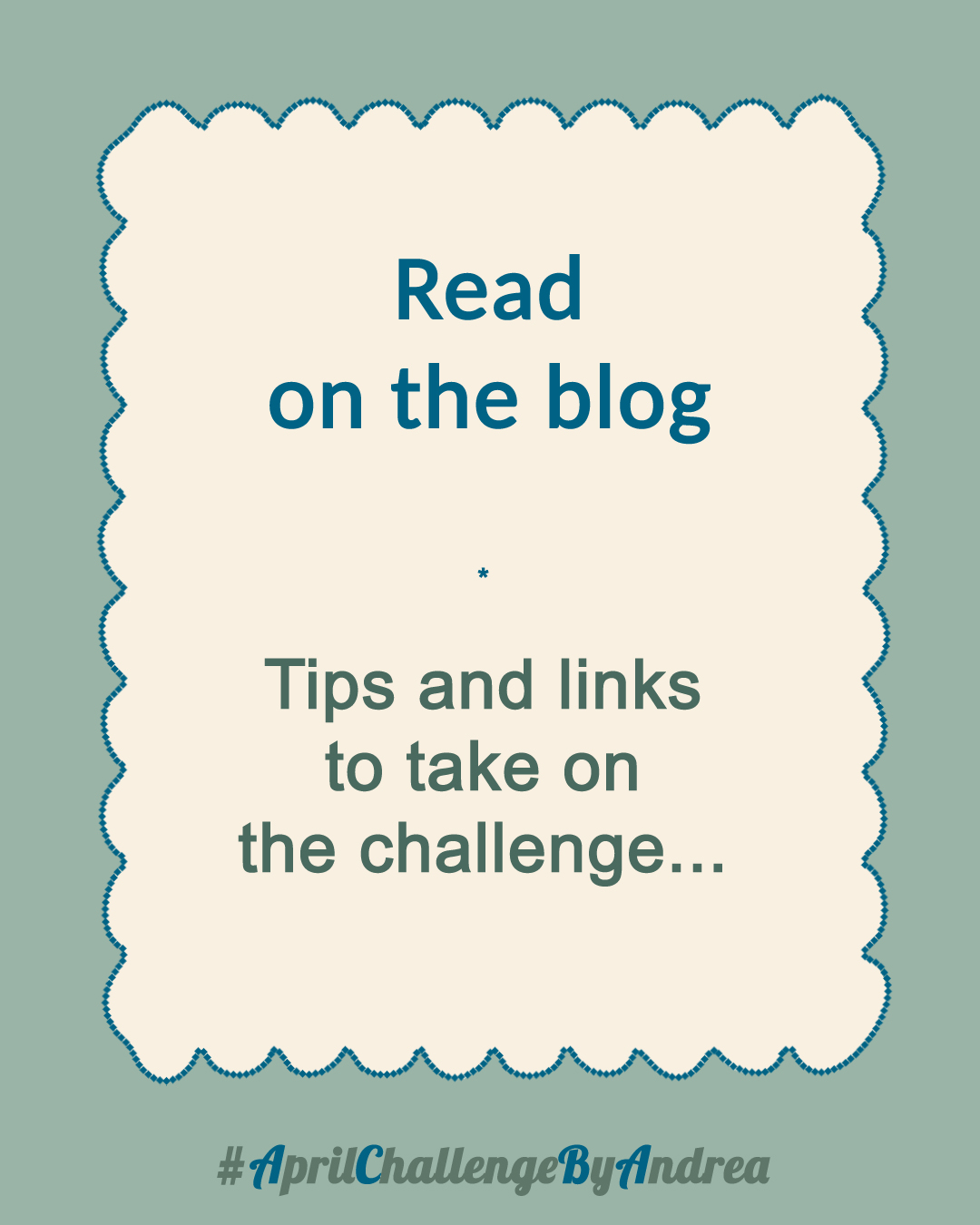The challenge review and patterns
I’ve participated in many pattern challenges, and I even won one! But I’ve never found one that fully satisfies me. Of course, there are Spoonflower’s, and I really enjoyed participating in Shannon McNab’s for @sketchdesignrepeat. Anyway, these two inspired me and I highly recommend them. But I also wanted to do my own (probably French arrogance)😅! It was about creating “my ideal pattern challenge“ This also could give an idea of how I work. Find the whole challenge in detail here on the blog! Several pages are dedicated to it, and it’s a wealth of information from which I still draw ideas myself! So before the review, here’s what it looked like : 4 X brief + moodboard (= My Pattern for each week) WEEK 1 – The red Dress My Floral Paisley is available in several colors here WEEK 2 – The French Pastry wallpaper My Rose Garden Tea Time is available in several colors here WEEK 3 – The Abstract Blue bedding My Ikebana Pattern is available in several colors here (among which indigo blue) WEEK 4 – The Childhood Perfume Box My Orange Blossom is available in three colors here 1. Each challenge page can still be read as an article about a pattern style, with stories,how to organize work and to create a pattern with moodboards,tips and links and lots of useful information even outside of the challenge. 2. It took a lot of preparation and layout work, and a lot of time. But I didn’t want to just throw out a bunch of 15 words (one word, one pattern, two days); I wanted to create a really stimulating challenge, like a real exercise, a real job. And it taught me a lot. 3. It wasn’t exactly a popular success😅! I’ve tried things, but not everything worked out as planned. But after this attempt, I know for a fact that I’m not comfortable with entertainment and hosting on social media. It’s definitely not me. 4. I remain very happy with the work accomplished and I think that the content created from these four April challenges remains a rich source of material to explore. 5. I never believed I could mobilize the troops or unite them behind me with this challenge. It may have seemed like a huge amount of work. It was a big task for me to organize, and it probably seemed overwhelming to anyone who wanted to participate in the first place. Facts: I chose the wrong month to organize my challenge. It was during the holidays, and long story short, the timing was really bad, but I hadn’t paid attention. I was busy with a thousand other things on top of my usual work, and this challenge was just one more thing on top of everything else! The icing on the cake was that this month was also the month of another challenge organized by someone very famous on Instagram, and I saw everyone who firstly seemed interested in mine swoop in 😅 That’s life! That said, I hadn’t prepared any designs in advance to get myself into the challenge, and I managed to create at least one design per week (in addition to everything else). So my challenge is achievable, yes! Plus, the few brave people who tried were, I think, satisfied with the adventure. (If they pass by here they can leave a message, complaints are accepted!) Conclusion: I don’t know if I’ll do it again next year… I’ll have to find an improved and simplified version, I have a year to think about it! …And in the end, I just created the challenge I wanted to create. > See all the patterns & posts on Instagram #aprilchallengebyandrea > See the collection on Spoonflower
The challenge review and patterns Read More »
